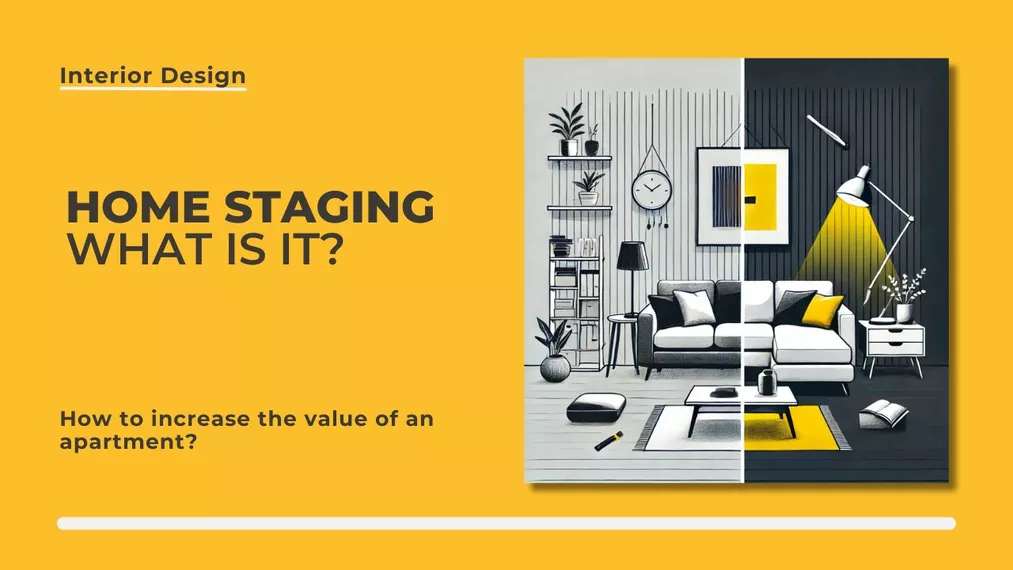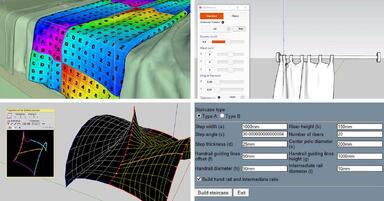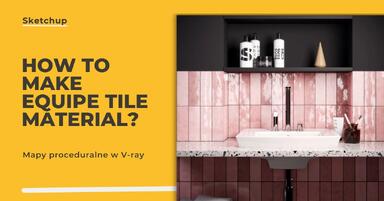Publication date: 03-02-2025 | Update date: 03-02-2025 | Author: Mateusz Ciećwierz
Home staging - What is it?

Home staging can be compared to preparing a product for sale - just as manufacturers take care of the appearance and packaging of their goods, so should property owners take care of the proper presentation of their apartment or house. First impression is crucial - potential buyers decide on the attractiveness of the property in just a few seconds, so it's worth taking care of every detail.
Key takeaways:
- Home staging is the process of enhancing the attractiveness of a property through proper interior preparation.
- It includes organizing, neutralizing the decor, minor repairs, and interior styling.
- It can significantly shorten the sales time and increase the value of the property.
- It is a relatively low investment compared to potential gains.
- It uses sales psychology, allowing buyers to envision life in a particular space.
History and development of home staging
Home staging as a concept originated in the 1970s in the United States, thanks to Barb Schwarz, a real estate and interior design specialist. Her observations led to the conclusion that the proper presentation of a home has a direct impact on its value and sales time. Over the years, this method has become a standard in developed real estate markets.
In Western Europe, home staging started gaining popularity in the 1990s, while in Poland its development occurred in the 21st century. Initially, it was mainly associated with luxury properties, but today it is increasingly used for secondary market apartments and houses as well.
Basic principles of home staging
To effectively prepare a property for sale, it is worth adhering to several key principles:
- Neutralizing the interior – removing personal items such as family photos, mementos, or original decorations.
- Minimalism and order – an orderly, spacious interior looks much more attractive than cluttered rooms.
- Optimal lighting – both natural and artificial light play a crucial role in how the interior is perceived.
- Refreshing the appearance – painting the walls in neutral colors, repairing minor damages, or replacing worn-out elements.
- Using appropriate scents – delicate, pleasant scents, e.g., freshly brewed coffee or lavender, can increase the property's appeal.
- Applying cohesive color schemes – a harmonious color palette influences buyers' positive feelings.
- Interior styling – carefully chosen accessories, plants, textiles, or fresh flowers add elegance and coziness to the interior.
Key elements of home staging
Not all rooms are equally important to potential buyers. The most influential on their decision are:
- Living room – spacious, well-lit, should exude comfort and elegance.
- Kitchen – clean, functional, preferably in light colors.
- Bathroom – tidy, fragrant with no visible signs of use.
- Bedroom – neutral, peaceful decor conducive to relaxation.
- Entryway – first impression is crucial, so it's worth taking care of its aesthetics.
Benefits of home staging
The benefits of home staging are undeniable, and its impact on property sales is significant:
- Shortened sales time – an aesthetic, well-maintained property finds a buyer more quickly.
- Increased property value – a well-prepared interior can increase the selling price by 5-10%.
- Better first impression – buyers find it easier to imagine life in such a space.
- Reduced price negotiations – an attractive property gives the seller a stronger position in negotiations.
- Professional appearance of the listing – better photos increase interest in the offer online.
Common mistakes in home staging
Despite the effectiveness of home staging, many people make mistakes that can negatively affect the perception of the property:
- Excessive personalization – too characteristic decorations can deter buyers.
- Lack of order and cleanliness – dust, dirt, or old carpets have a negative impact on the perception of the property.
- Wrong choice of colors – bright or too dark colors may overwhelm the interior.
- Inadequate lighting – dark, gloomy rooms seem less attractive.
- Cluttered spaces – an excess of furniture and decorations can make the room seem smaller than it really is.
Summary
Home staging is an effective technique for enhancing the attractiveness of a property, aiming to increase its value and accelerate the sale. Proper interior preparation, attention to detail, and neutralization of space make it easier for buyers to imagine life in a particular place.
Thanks to this method, a better selling price can be achieved, the waiting time for the transaction can be shortened, and your offer can stand out from the competition. Therefore, it is worth considering home staging as an investment that can bring multiple returns!
Read on our blog
-
![Artificial Intelligence Tools in Interior Design]()
Artificial Intelligence Tools in Interior Design
Artificial intelligence is changing interior design by facilitating arrangement, visualization, and gathering inspiration. Discover the best AI tools on the market! -
![How Artificial Intelligence Helps Interior Designers?]()
How Artificial Intelligence Helps Interior Designers?
See how modern AI technologies are changing the approach to design, from automating inventory to creating inspiring visualizations. -
![10 useful SketchUp plugins you must know! Guide]()
10 useful SketchUp plugins you must know! Guide
In this text, you will learn about 10 plugins that will help you work faster and achieve better results in SketchUp. -
![Sketchup - How to create Equipe tile material? Procedural maps in V-Ray.]()
Sketchup - How to create Equipe tile material? Procedural maps in V-Ray.
The current mega-trend for rustic, ceramic tiles continues. Learn how to recreate them in visualizations in SketchUp!





